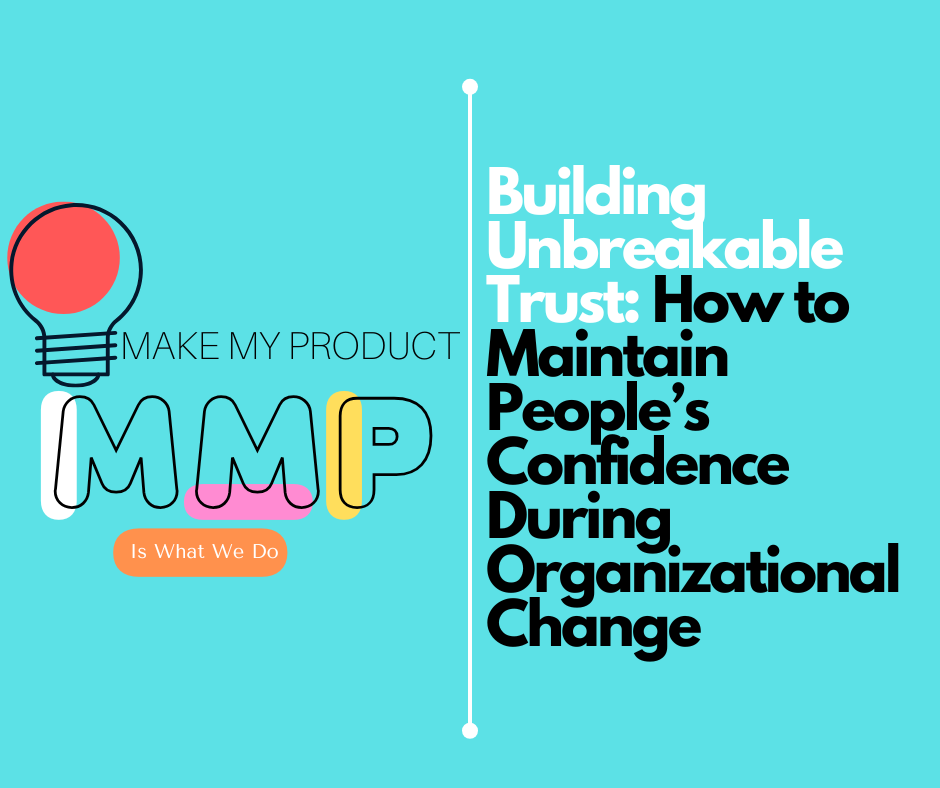Change — the one word that evokes uncertainty, fear, and resistance. Yet, it is the only constant in the evolution of any successful organization. From mergers and leadership transitions to new technologies or cultural transformations, organizational change is never just about structures or systems; it’s about people. And people, more than anything else, need confidence — confidence in their leaders, confidence in the vision, and confidence that their role still matters in the bigger picture.
But here lies the challenge: when change hits, confidence wavers. People begin to question motives, doubt leadership, and fear instability. It’s in these very moments that leaders must rise — not by enforcing control, but by nurturing trust, communication, and clarity.
1. Lead with Transparency and Authenticity
When organizations undergo transformation, silence can be deadly. Employees fill gaps in communication with fear-based assumptions. To maintain confidence, leaders must communicate openly, frequently, and with sincerity. Whether the news is good or bad, people deserve honesty. When they see their leaders being authentic, they respond with loyalty, not resistance.
Transparent communication builds an invisible bridge of trust — one that connects vision with execution and uncertainty with reassurance.
2. Reassure Through a Clear Vision
Confidence is rooted in clarity. People don’t resist change; they resist uncertainty. Leaders must outline not just what is changing, but why it’s changing and how it benefits the organization and its people. A compelling vision transforms fear into fuel.
Paint the bigger picture. Help everyone see that this isn’t the end — it’s a new beginning. When employees understand their place in the transformation journey, their confidence grows stronger than ever.
3. Empower, Don’t Control
One of the greatest mistakes leaders make during transitions is micromanagement. Instead of building confidence, it signals distrust. The antidote? Empowerment. Give people ownership of their roles in the process. Encourage feedback. Involve them in decision-making where possible.
Confidence flourishes when individuals feel valued and heard. By creating opportunities for collaboration, leaders can turn uncertainty into innovation and hesitation into action.
4. Prioritize Emotional Intelligence
Change doesn’t just affect workflows — it affects emotions. Anxiety, fear, and insecurity can silently drain morale. Effective leaders lead with empathy. They recognize the emotional weight of transformation and provide the space for open dialogue and emotional expression.
Confidence during change is not built solely on strategy, but on compassion. When employees feel understood, they remain committed — even in chaos.
5. Celebrate Small Wins
Big transformations take time, and during that journey, small victories matter. Recognizing progress — however minor — sends a powerful message: We are moving forward. These celebrations remind everyone that their efforts are meaningful and that the vision is not just talk, but reality in motion.
6. Stay Visible and Accessible
In times of change, leaders cannot afford to hide behind emails and meetings. Presence matters. Being visible, approachable, and ready to listen creates psychological safety. Confidence thrives when employees feel they can approach leadership without fear or hesitation.
7. Continuously Rebuild and Reinforce Trust
Maintaining confidence isn’t a one-time act; it’s a continuous process. Even after the transition stabilizes, leaders must continue nurturing the trust that was built. The goal is not only to survive change but to emerge stronger, more united, and more resilient.
Final Thoughts: Confidence is Leadership’s True Currency
In the grand equation of organizational change, systems can be redesigned, strategies can be restructured, and operations can be redefined — but people are the constant heartbeat. Their confidence determines whether transformation succeeds or fails.
Leaders who can instill belief in the face of uncertainty, hope amid fear, and purpose during disruption are the ones who create not just change — but progress.
So today, as your organization stands at the threshold of transformation, ask yourself: Are you commanding compliance or cultivating confidence? Because the future belongs to those who lead with trust, empathy, and unwavering transparency.

























